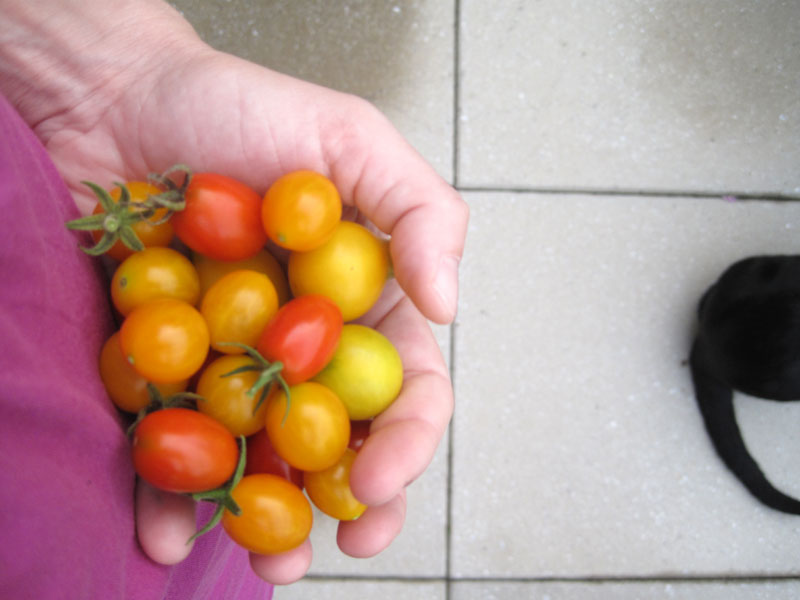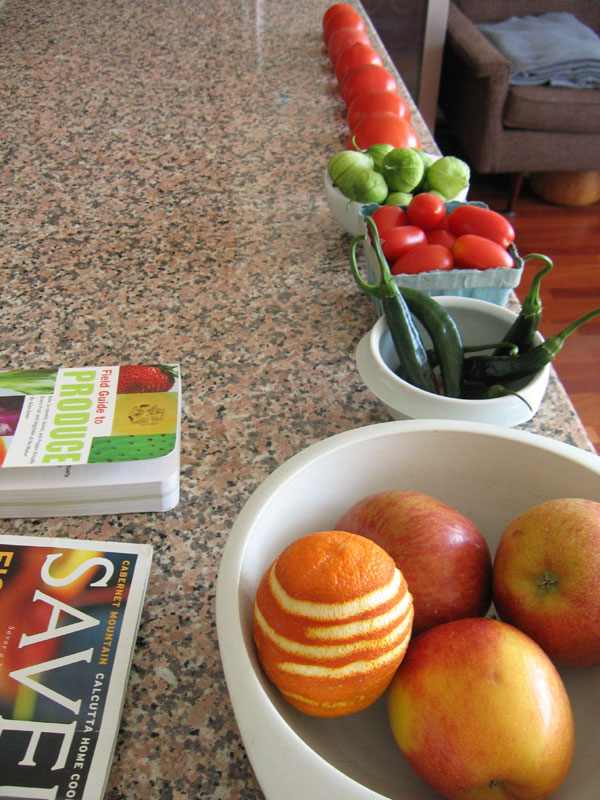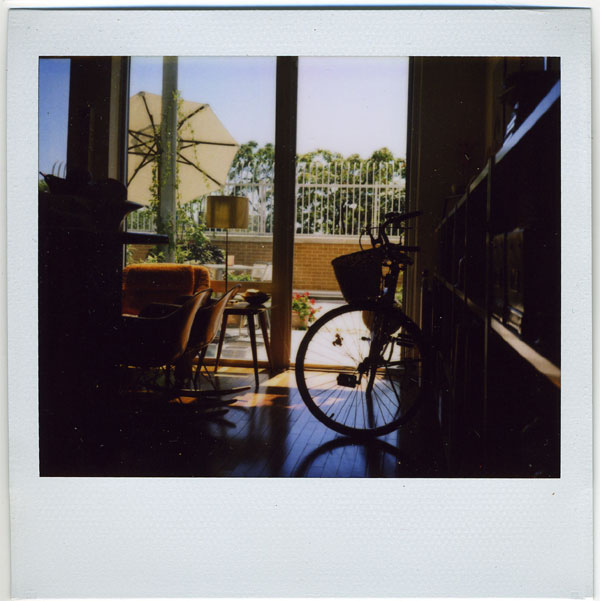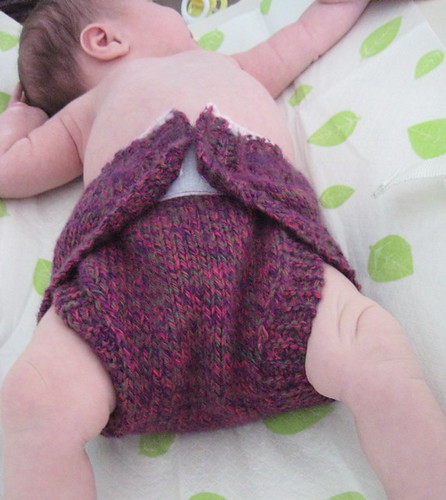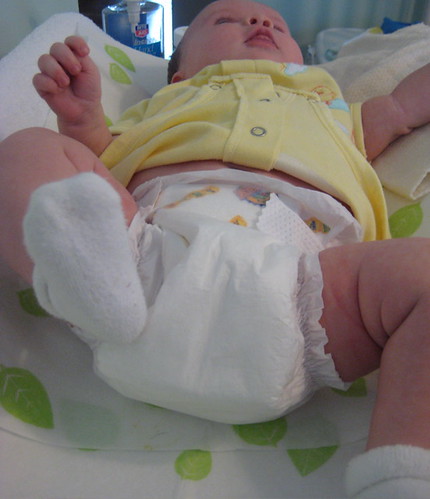Ok, so it's been a while hasn't it? The world has gotten crazy, then awesome, then crazy. Honestly it is my goal in life to dial the knob to awesome and then break it off so really, it's a good thing.
So if you don't remember me or if you don't know - a brief bit of info for you all in the blogosphere! My name is Amber Clisura and I am a fashion designer who takes a special emphasis on renewable, sustainable, and eco technology as applied to the craft of fashion. I worked most recently with Del Forte Denim and Mission Playground. I am currently freelancing in the San Francisco Bay Area and you can see my work
here.
I feel that fashion (and that is all fashion, jewelry, accessories, and shoes) is yet another one of the many places where to be sustainable and eco has been an uphill battle. Only in the last few years has green become synonymous with "hip" with everyone from Chloe to Seven getting on the bandwagon. Today I wanted to scale it back a little to some homegrown peeps who started a artist collection called "
Social Entropy" and who are staging their first fashion show this weekend, August 8th, at the Oakland Metro. I also wanted to shine the spotlight on one of their featured designers Rhiannon Jewelry.

Rhiannon Jewelry was started by Shannon Haire in 2000. Rhiannon Jewelry specializes in creating one of a kind, custom pieces. She does limited edition lines with wedding sets and her signature gun necklace and the bullet lines. Most recently she started using semi-precious and precious stones in her sterling silver and gold fine jewelry lines. Never one to say no to something shiny Swarovski crystal has also made it into some of her more whimsical pieces. Most recently with the eye towards green reaching the jewelry world Shannon as started to employ recycled and organic materials ranging from bullets to recycled vinyl records and antique keys. Her fine skills are not lost on those in the know. Her fine craftsmanship has been utilized by the likes of Tori Amos and her jewelry has been worn by Samia Doumit in the movie "The Hot Chick."
I had a chance to sit down with Shannon at Cole Coffee in Oakland to talk about the show and how she feels about the eco movement within her line of work.
S
o Shannon, why recycled? Do you feel it has a place in somewhere like jewelry? I think recycling is important in everything. For most people jewelry is a luxury product so I like the idea of building it out of materials that are organic or once discarded. Elevating the discarded to divine.
Speaking of devine, your labradorite necklace is quite stunning. Are your stones produced sustainably? 
I love using sustainably produced stones in my custom work, and find it important stress to my clientele that it is very important to do so whenever possible. Unfortunately the price point is so prohibitive for most people that I instead try to use stones for my ready to wear line that are purchased locally though through small businesses in the bay area, rather than on line or at trade shows. That's also where the idea for the recycled line came into play.
I was wondering what could have attracted you to the idea of using bullets in jewelry.I really liked the idea of taking something that most people think of as ugly and destructive and transforming them into things of frivolity and beauty.
Tell me more about your process with the recycled pieces.
Well, bullets are always recycled. Mostly fired and collected by me as well! I've also been into using recycled records lately too - just because so many think that Vinyl is obsolete. I pair the vinyl disks I have with antique and recycled broaches or vintage sterling silver pieces. There are also many pieces with real branches and leaves that have been dipped in silver. A way to evoke the green without using hemp and clay beads! I've also been quite fond of utilizing reclaimed wood, bone and seeds as elements in my jewelry making.
I know, as a designer, it gets tough every day trying to make - what keeps you going? How do you not make the same thing all the time (cause god knows I make that damn shrunken vest every two years!)Day to day I look for ways to take traditional ideas and turn them on their heads. That's the inspiration for a lot of it. Also, natural colors, leaves and branches, brick...I like both the super-industrial and the sparse open spaces in nature. In terms of my work I always recycle and refurbish my peices. If I don't like them or customers aren't responding to an idea - I take them apart or rework them. Constantly trying trough making to get to the ideal idea. It keeps a fresh outlook for me and moves more with contemporary fashion.
Contemporary fashion and eco still seems so hard for me to put together. Trends are speedy and disposable, sustainability is at total odds with that. What is a challenge facing you as a jeweler in this environmentally conscious times?Trying to find a balance between fair trade and the love I have for stones in general is always a challenge. So many people are hurting in this economy and cannot afford even inexpensive jewelry - and when you get into fair trade, all costs go through the roof. Finding a compromise is really challenging. In fact, making jewelry at all commercially in these times is challenging...I just hope for the best and try to keep costs low.
 So, Damask Boudoir and Social Entropy eh?
So, Damask Boudoir and Social Entropy eh? Social Entropy has a grand vision and the people involved have the willingness to try it out. Their vision to create something that not only benefits the people involved, but also gives back to the community is great. It also has an edgier vibe which appeals to my nature and excites me. I hope that Social Entropy achieves their goals and am excited to be part of it.
I wanted to sit down with the organizers of Social Entropy but could not get our schedules to work out. Instead I was able to email back and forth with two of the creators, Tania Seabock and Christine Hill.
Social Entropy was started as a way to get like minded individuals together to create. It was important not just as artists to get back to the collective but as people to really join back together into community to draw together as well as inspire.
The Damask Boudoir is their first experiment as a collective. The show is being held at the Oakland Metro Opera House this Saturday, August 8th, 9pm - 2am. In an effort to bring together all sorts of different artists Christine and Tania (both a jewelry and painter respectively) decided to call on their wide knowledge of artists around them. "We wanted to do something with our friends!" writes Christine "Everyone is so talented it didn't make sense there wasn't a place for us to show off and be sucessful at it!" explains Tania.
The night has various recycled runway pieces and fashion lines as well as a full array of regular fashion and couture wear as well. Other designers include Dollymop, Pieces by Anna Quinones, Luma Gallegos, and Erika von Petrin. Performers include soprano singer
Diva Marisa, Rev. Mother Joseph, with dancing numbers by the Black and Blue Burlesque dancers, blackhoodygrrl, and MAN-A-SAURUS-REX. Not to mention Rhiannon Jewelry and a bevvy of other amazing vendors and craftpersons!!
Hopefully if you're in the bay area you might get a chance to go out and see this show - especially since yours truly is leaving for two months and will be missing it!!
Social Entropy Presents:
The Damask Boudoir
Saturday, August 8th
9pm to 2am
The Oakland Metro Opera House
630 3rd Street, Oakland
(between Martin Luther King & Jefferson)
Shannon can also be found teaching jewelry classes twice a month for Baubles and Beads, on Shattuck in Berkeley,CA.
